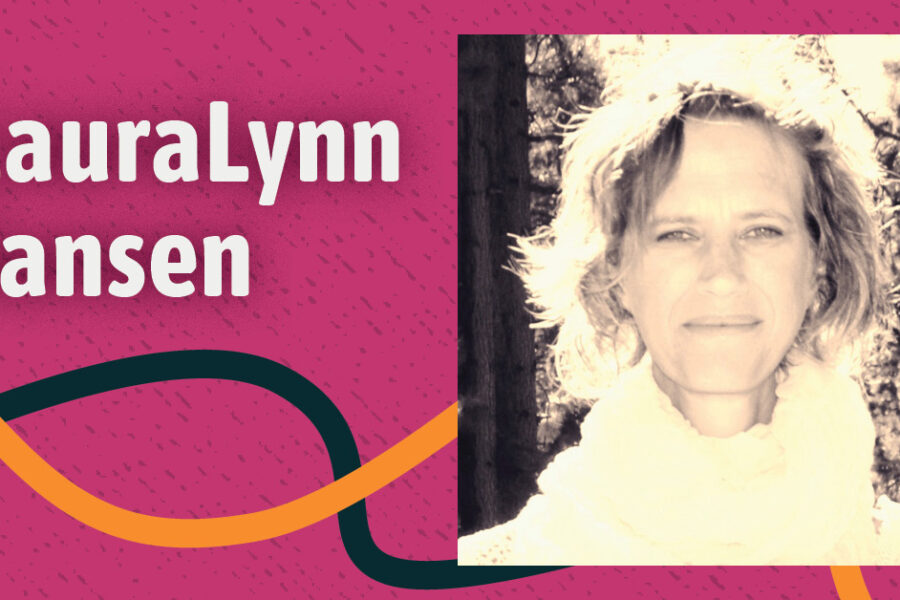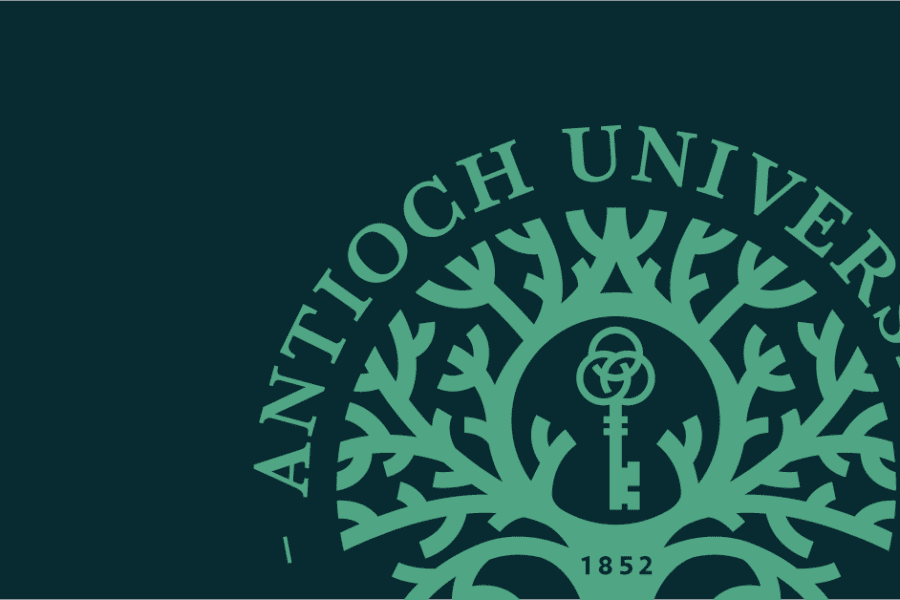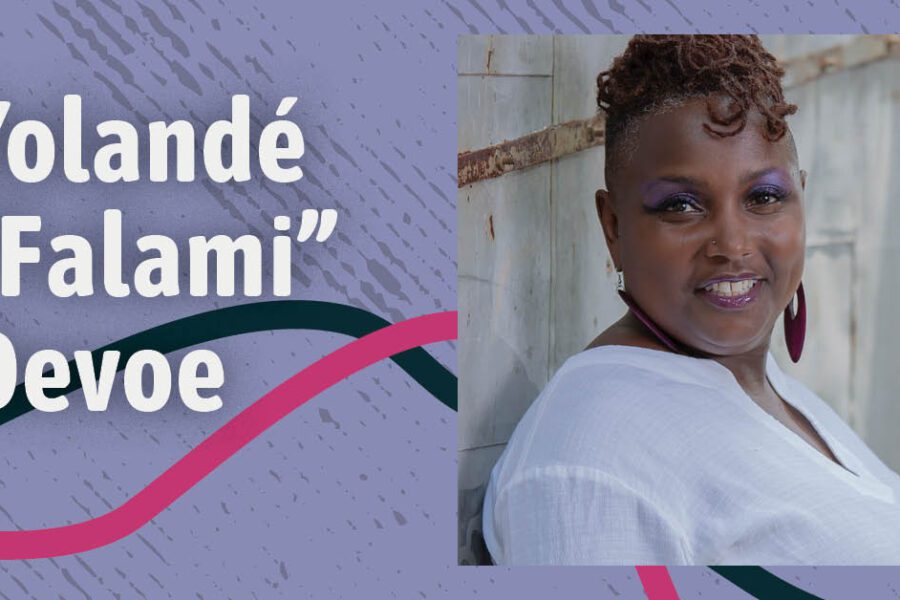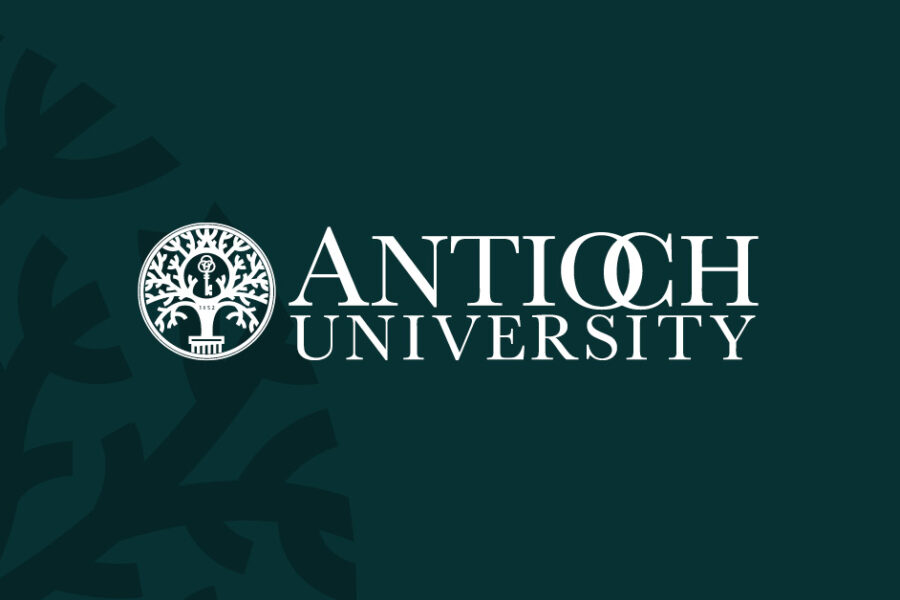“Growing up as a person of color in a predominantly white town, there were many instances and reasons where I felt like I was on the outside, like I didn’t belong,” says Melia Paguirigan, a current student in the Urban Environmental Education MAEd program at Antioch University Seattle. This very feeling of being an outsider is part of what has brought her to become an educator herself. “I do this work,” she says, “because I care about shifting power to the community and transforming spaces to be more responsive, restorative, and joyful for people that have been made to feel like they don’t belong or that their perspective isn’t valuable.”
Paguirigan is living out this mission in her current work. As part of the MAEd degree, she has to complete a practicum, and Paguirigan has chosen to work on a project initiated by the Woodland Park Zoo to try to recognize and rectify the ways that diverse communities in the Seattle region have been historically underserved by the zoo. This project is part of an innovative partnership with AU Seattle that is using a co-design framework—a participatory design process—to build authentic, long-term, reciprocal relationships between the zoo and South Seattle neighborhoods. Paguirigan is now deeply involved in these collaborations with the local community to develop relevant, desired programming.
It’s all a continuation of the bigger work of shifting power to communities and helping people see their perspectives being valued. Paguirigan is passionate and talented as she does this work.
Making a Zoo For Everyone
For Paguirigan, the work at the Woodland Park Zoo is about connecting social justice and community leadership to conservation. Through experiences in both fields, she’s learned that green movements and organizations have a long history of inflicting harm and ignoring the perspectives and experiences of communities of color. She cites Green 2.0, a report evidencing that representation of staff of color in mainstream environmental organizations is very low and that highlights the existence of a “green ceiling.”
At the project’s current stage, Paguirigan is working to make sure that everyone is included as they hold meetings and discuss plans. This stage includes meetings with organizations, leaders, and community members in an effort to ensure the process is one that includes a broad range of perspectives. It also includes conversations with staff and leadership at the zoo about what led them to work there and what inspires them to stay, examinations of what community engagement has looked like for Woodland Park Zoo in the past, discussing of what they hope it will look like in the future, and developing relationships with individuals from surrounding communities.
Another aspect of this inclusion work is bringing in AmeriCorps workers to join the team of Antioch and Woodland Park Zoo leaders completing this project. Three AmeriCorps VISTA leaders connected to South Seattle have recently joined the Antioch and Woodland Park Zoo team as official Community Collaborators. They work alongside Paguirigan, who is the Antioch representative, and Andrew Asaki, who represents Woodland Park Zoo as its Empathy Collaborative Manager, to identify the best ways to engage with the South Seattle community.
From Research to Deeply Rooted Community Work
Paguirigan comes to her studies at Antioch and her work with Woodland Park Zoo after a varied training and career that taught her to operate across fields. She graduated from Evergreen State College with a Bachelor of Science degree in Ecology. As a new college graduate, she believed she was headed for a career in ecological research. However, after completing a research internship at Moss Landing Marine Laboratory through California State University Monterey Bay, she realized that research was too disconnected from her affinity for social justice activism.
“I couldn’t see how my research was lessening the environmental challenges people were facing in their daily lives,” she says. “I didn’t realize it at the time, but I was also craving mentors and peers that better reflected my lived experiences and who were interested in the environment in relation to human wellbeing.”
Her next step was a community organizing job with NARAL Pro-Choice Washington, a door-to-door grassroots campaign effort. Paguirigan discovered a love for talking face-to-face with people about issues they cared about, and about the ways policy changes could influence lives at the individual level and beyond. She found herself wanting to figure out how to integrate her background in ecology together with her passion for community organizing.
This led her to a fellowship with the Roger Arliner Young Conservation Fellowship where she was working at Ocean Conservancy—a predominantly white institution that when she worked there was seeking to help develop leaders of color in the conservation field. At the Ocean Conservancy, Paguirigan was able to connect with peers of color and build skills and knowledge about the environmental justice movement, oppression, social justice, and community organizing. Her fellowship cohort became her first significant professional support system—a network she still relies on today.
After completing the fellowship, Paguirigan moved back to Washington State and volunteered with organizations like Got Green and Young Women Empowered. With her friend and colleague Emi Okikawa, she helped launch the Seattle stage for The Story Collider as a space where people from all backgrounds and fields could share their stories about how science has impacted their lives.
“Coming from STEM myself,” explains Paguirigan, “I was passionate about highlighting the experiences of people whose stories are often concealed within the STEM field.” The first show they put on highlighted five storytellers of color speaking on their relationship to the environment. It was called Deeply Rooted.
The cumulation of all of these experienced led her to pursue a Master of Arts in Education with Urban Environmental Education at Antioch Seattle. It was a decision that has already paid dividends. Paguirigan says she recognizes how her coursework—classes such as Participatory Action Research, Community Organizing, Multicultural Environmental Leadership and Equity, Race and Culture—are now directly supporting her efforts to weave social justice throughout her practicum work with the Woodland Park Zoo.
Butterflies, Bees, Blooms, and Future Goals
For Paguirigan, future goals feel very much open to possibility at this stage. She plans to continue to explore opportunities at the intersection of community engagement and the environment. She’s excited to track the progress of the project at the Woodland Park Zoo, even after her practicum is completed, and to learn from observing how the zoo practically applies the ideas and plans the team is currently creating.
She’s also looking forward to getting the most out of her time remaining at Antioch. “One way I see the Urban Environmental Education Program standing apart from others,” she says, “is that it explores the environment in an expansive way – it’s about more than just nature. It’s about where people live, work, and exist in community with each other.”
For Woodland Park Zoo parties of interest, authentic community engagement is shaping up to look like fun and enrichment for everyone. Potential programming includes cooking/food justice programs and a multicultural, community-based pollinator garden. Regardless of specific outcomes, Paguirigan hopes the co-design process sees the zoo undergoing a general shift from being a “Place to Visit” into being a “Member of the Community.”






